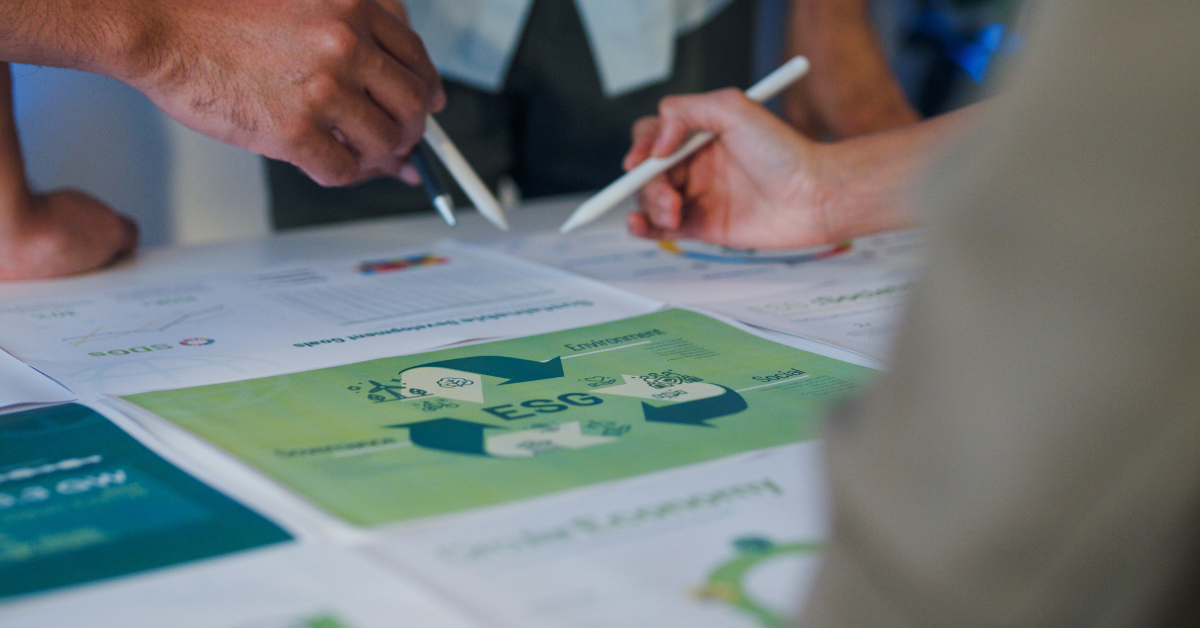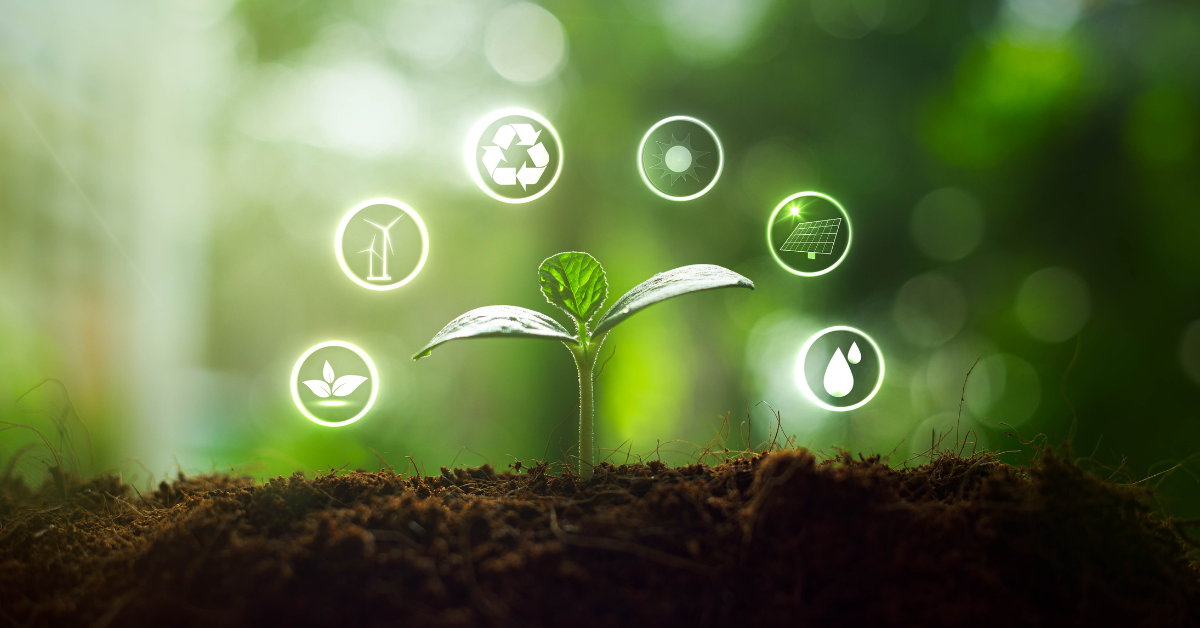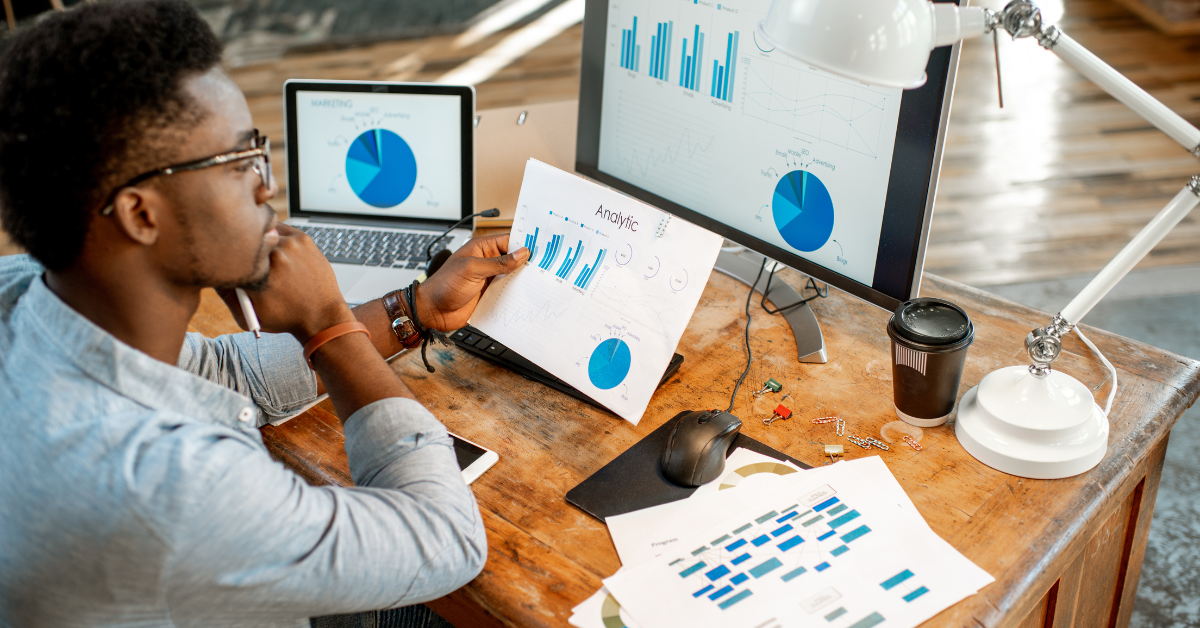
The 2030 Agenda for Sustainable Development, adopted by all United Nations Member States in 2015, provides a shared blueprint for peace and prosperity for people and the planet, now and into the future. At its heart are the 17 Sustainable Development Goals (SDGs), which are an urgent call for action by all countries - developed and developing - in a global partnership.
The 2030 Agenda through the SDGs recognizes that ending poverty and other deprivations must go hand-in-hand with strategies that improve health and education, reduce inequality, and spur economic growth – all while tackling climate change and working to preserve our oceans and forests.
The Agenda 2030 is an action plan for people, the planet, and prosperity. aiming to eradicate poverty in all its forms and dimensions, including extreme poverty, becoming one of the greatest global challenges and an indispensable requirement for sustainable development.
The 17 Sustainable Development Goals (SDGs) and 169 targets demonstrate the scale and ambition of this new universal Agenda.
Macro-areas covered by the 17 SDGs
People
End poverty and hunger, in all their forms and dimensions, and ensure that all human beings can fulfill their potential in dignity and equality and in a healthy environment.
Planet
Protect the planet from degradation, including through sustainable consumption and production, sustainably managing its natural resources, and taking urgent action on climate change, so that it can support the needs of the present and future generations.
Prosperity
Ensure that all human beings can enjoy prosperous and fulfilling lives and that economic, social, and technological progress occurs in harmony with nature.
Peace
Foster peaceful, just, and inclusive societies that are free from fear and violence. There can be no sustainable development without peace and no peace without sustainable development.
Partnership
Mobilize the means required to implement this Agenda through a revitalised Global Partnership for Sustainable Development, based on a spirit of strengthened global solidarity, focussed in particular on the needs of the poorest and most vulnerable and with the participation of all countries, all stakeholders and all people.
What do the 17 Sustainable Development Goals state?
- Goal 1. NO POVERTY
End poverty in all its forms everywhere. Economic growth must be inclusive to provide sustainable jobs and promote equality
- Goal 2. ZERO HUNGER
The food and agriculture sector offers key development solutions and is central to hunger and poverty eradication.
- Goal 3. GOOD HEALTH AND WELL BEING
Ensuring healthy lives and promoting the well-being of anyone at all ages is essential to sustainable development.
- Goal 4. QUALITY EDUCATION
Obtaining a quality education is the foundation for improving people’s lives and sustainable development.
- Goal 5. GENDER EQUALITY
Gender equality is not only a fundamental human right but a necessary foundation for a
a peaceful, prosperous, and sustainable world that promotes equal opportunities.
- Goal 6 CLEAN WATER AND SANITATION
Clean, accessible water for all is an essential part of the world we want to live in.
- Goal 7. AFFORDABLE AND CLEAN ENERGY
Energy is central to nearly every major challenge and opportunity.
- Goal 8. DECENT WORK AND ECONOMIC GROWTH
Sustainable economic growth will require societies to create the conditions that allow
people to have quality jobs.
- Goal 9. INDUSTRY, INNOVATION AND INFRASTRUCTURE
Investments in infrastructure are crucial to achieving sustainable development.
- Goal 10. REDUCE INEQUALITIES
To reduce inequalities, policies should be universal in principle, paying attention
to the needs of disadvantaged and marginalized populations.
- Goal 11.SUSTAINABLE CITIES AND COMMUNITIES
There needs to be a future in which cities provide opportunities for all, with
access to basic services, energy, housing, transportation and more.
- Goal 12.RESPONSIBLE PRODUCTION AND CONSUMPTION
Responsible Production and Consumption
- Goal 13.CLIMATE ACTION
Climate change is a global challenge that affects everyone, everywhere.
- Goal 14. LIFE BELOW WATER
Careful management of this essential global resource is a key feature of a sustainable future.
- Goal 15. LIFE ON LAND
Sustainably manage forests, combat desertification, halt and reverse land degradation, halt biodiversity loss
- Goal 16. PEACE JUSTICE AND STRONG INSTITUTIONS
Access to justice for all, and building effective, accountable institutions at all levels.
- Goal 17. PARTNERSHIP FOR THE GOALS
Revitalize the Global Partnership for sustainable development, as many developing countries are facing a debt crisis and the share of export of LDC countries in global trades has stagnated around 1% since 2011.

WHAT'S SYNESGY's INVOLVEMENT WITH SDGs?
Based on those topics and prescriptions, regarding its methodology and framework, Synsegy provides an assessment through a questionnaire that is split into 5 macro-areas where two of which are related to the business and industry aspects, while then we find the 3 pillars of ESG.
It relies on SDGs, GRI and other country-specific regulations and with localized solutions on the specific market… It is important to underline, in fact, that local norms and frameworks are taken into account, in the questionnaire, as the EU Taxonomy in Europe or other localized regulations in other countries, as the German regulation about supply chain.
Inside the business section, it will be required information about the ESG strategies of the company (if any) and another the ESG risk management strategy of the company (if any).
In the 3rd pillar, information about the Environmental section are required:
- Information about energy consumption, water and waste management of the companies
- Other information about the method to value environmental performances and relative KPIs
- Certifications
In the pillar about Social, some examples of issues that are investigated in the questionnaire, are:
- Personnel management
- Certification and Legislation
- Stakeholders relations
- Territory relations
In the section dedicated to the last pillar of Governance, are required and analysed information about the structure of the board and its balance, the relationship with stakeholders and the avoiding or reducing of negative events or legal conflicts.
Also in this section are required certifications eventually obtained by the company and the compliance with legislations.
About the Industry: When you register your company on the platform, to complete the questionnaire, the company has to declare the sector it belongs to, as Synesgy Platform covers 35 macro-industry sectors in the main productive industry fields.



